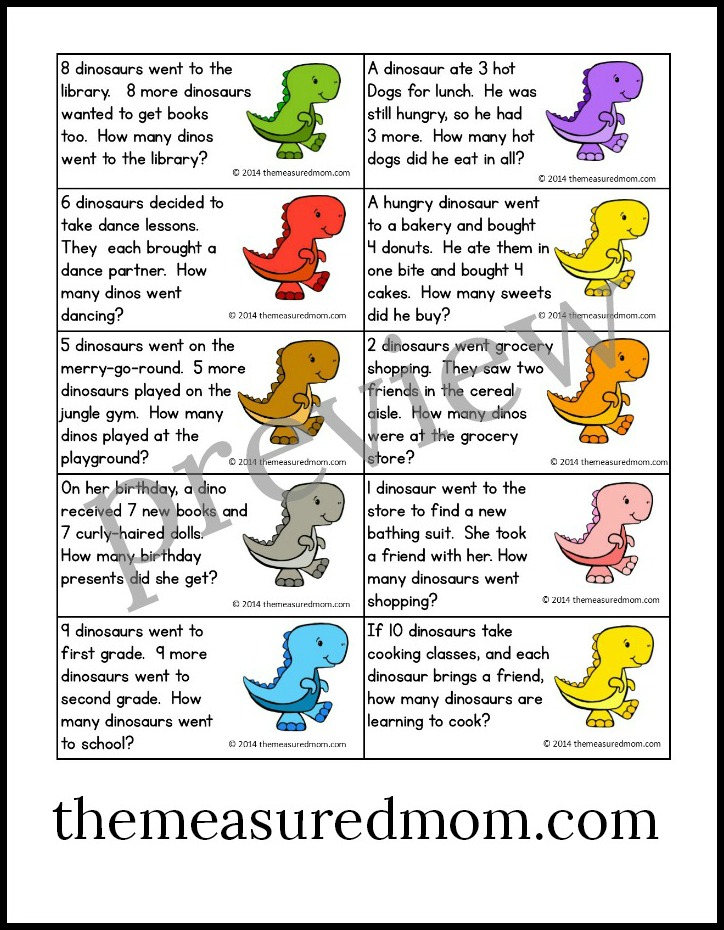
There are a variety of housing scholarships to choose from. Some housing organizations offer semester-long, one-time scholarships of up to $1,000 each. Scholarships are also offered by the Jeannette rankin Women's Scholarship Foundation and Newark Housing Authority Scholarship Foundation. You can also look into the Montgomery GI Bill for additional funds to help you pay for college.
Atlantic Housing offers a $1,000 per semester scholarship
Atlantic Housing offers a $1,000 per semester scholarship that can be used once. The scholarship is available to students who demonstrate financial need and are planning to pursue a career related to hazardous materials management. Examples of these fields include industrial hygiene, environmental chemistry, environmental health and public health.
Newark Housing Authority Scholarship Foundation
In 1988, the Newark Housing Authority Scholarship Foundation was established. It has awarded college scholarships to over 250,000 students. These scholarships are available to students from low income families who are bright academically but lack the financial resources to go to college. Many of these students will be the first in their family members to attend college. Despite their modest financial resources, these students excel at school and are involved in numerous extracurricular activities.

This foundation funds scholarships for high school seniors from low-income households who cannot afford college. This foundation has awarded more than 20 scholarships for students from Newark. With these awards, the organization is helping increase the number of high school students from the city who will attend college.
Jeannette Rankin Women's Scholarship Fund
The Jeannette Rankin Women's scholarship fund provides grants to low-income women who are interested in furthering their education. These scholarships are renewable for up to five years and are distributed directly to the recipients. These scholarships are open to anyone regardless of national origin, race, disability, or gender. Applicants must meet income requirements and attend a not-for-profit, regionally accredited college or university to qualify.
This grant is open to women over 35 who are studying for a college or technical degree. The scholarship, which is valued at $2,000, can be used towards tuition or childcare. The grant is not eligible for women who are studying for a master's, doctorate, or professional degree.
Montgomery GI Bill
The Montgomery GI Bill is a scholarship program that provides education to members of the armed forces. The program offers monthly stipends to qualified training institutions. Currently, there are two types of scholarships available: Active Duty and Selected Reserve. After fulfilling their service obligation, active duty members are entitled to a monthly education benefits. They pay $100 per month for twelve months. Reservists who have a six-year obligation to serve in the selected reserves are eligible for Montgomery GI Bill Selected Reserve scholarships.

The DEDNG scholarship covers up to four years of tuition, room and board. The scholarship has a flat rate at $10,000 per annum and can be combined with another GI bill to reach $15,000. You can also get up to $1,200 in books. If a veteran participates in the SMP, they're also eligible to receive drill pay of a sergeant, which is a good way to cover the cost of books and housing.
FAQ
How long does it take for an early childhood teacher to become certified?
The four-year process to earn a bachelor's level in early child education takes. The majority of universities require that you take two years to complete general education courses.
After completing your undergraduate studies, you will usually enroll in graduate school. This allows you to become a specialist in a specific area of study.
One example is to choose to specialize in child psychology or learning difficulties. You must apply for a teacher preparation program after you have completed your master's degree.
This process may take another year. This is a time when you will learn real-world skills from experienced educators.
Final, you must pass the state exam before you can start teaching.
This process takes several years, which means you won't be able to immediately jump right into the workforce.
What are the main types of early education?
There are many different ways to describe early childhood education. These are the most popular:
-
Preschool - Children ages 2 to 5
-
PreKindergarten: Children 4-6 years old
-
Head Start/ Headstart - Children ages 0 to 3
-
Day Care/ Daycares- Children aged 0-5
-
Child Care Centers – Children aged 0-18
-
Family Childcare - Children between 0 and 12 Years Old
-
Homeschooling - Children from KG to 16
What exactly is a school of trade?
Trade schools can be an alternative for those who have not had success in traditional higher education to obtain a degree. These schools offer career-focused programs that prepare students for specific jobs. Students enrolling in these programs typically complete two years of coursework in a single semester and then enter into a paid apprenticeship program where they learn a job skill set and receive on-the-job training. Trade schools include vocational schools, technical colleges, community colleges, junior colleges, and universities. Some trade schools also offer associate degrees.
Is becoming a teacher difficult?
Becoming a teacher requires a major commitment. Your studies will require a lot of your time.
While earning your degree, you should expect to work about 40 hours per săptămână.
In addition, you will need to find a job that fits your schedule. Many students have trouble finding part time jobs that balance schoolwork with their lives.
You will likely teach classes once you have been hired as a full time teacher. You might even be required to travel to other schools throughout the week.
Statistics
- In most developed countries, a high proportion of the population (up to 50%) now enters higher education at some time in their lives. (en.wikipedia.org)
- They are more likely to graduate high school (25%) and finish college (116%). (habitatbroward.org)
- “Children of homeowners are 116% more likely to graduate from college than children of renters of the same age, race, and income. (habitatbroward.org)
- Think of the rhetorical power of nineteenth-century abolitionist Harriet Beecher Stowe, Martin Luther King, Jr., or Occupy Wall Street activists with their rallying cry of “we are the 99 percent.” (bostonreview.net)
- And, within ten years of graduation, 44.1 percent of 1993 humanities graduates had written to public officials, compared to 30.1 percent of STEM majors. (bostonreview.net)
External Links
How To
What is vocational education?
Vocational education prepares students for the workforce after high school. Students are trained in specific skills to be able to do a particular job such as welding. You can also get on-the job training through apprenticeship programs. Vocational education is different from general education in that it prepares individuals for specific career paths rather than acquiring broad knowledge for future uses. Vocational education does not prepare students for university, but it helps them find work after graduation.
Vocational education can take place at all levels of schooling. This includes primary schools, secondary schools and colleges, universities as well as colleges, technical institutes, technical colleges, trade schools, community college, junior colleges, four-year colleges, and colleges. In addition, there are many specialized schools such as culinary arts schools, nursing schools, law schools, medical schools, dental schools, veterinary medicine schools, firefighting schools, police academies, military academies, and other military schools. Many of these provide both academic instruction and practical experience.
A number of countries have made significant investments in vocational education over recent decades; for example, Australia, Denmark, Finland, Germany, Ireland, Japan, Luxembourg, New Zealand, Norway, Poland, Sweden, Switzerland, the United Kingdom, and the United States. It is still controversial whether vocational education is effective. Some critics believe it doesn't help students get hired, while others claim that it helps prepare them for life after high school.
According to the U.S. Bureau of Labor Statistics 47% of American adults have a postsecondary certificate. This percentage is higher among those with higher education. 71% percent of the 25-29 year olds with a bachelor's degree are currently working in fields that require postsecondary credentials.
In 2012, the BLS reported that nearly half of the nation's adult population had at least some form of postsecondary credential. About one-third of Americans held a two-year associate degree, while about 10 percent held a four-year bachelor's degree. One out of five Americans held a master's degree or doctorate.
For those with a bachelor’s degree, the median annual income was $50,000. This is compared to $23,800 if you don't have one. For advanced degrees, the median annual wage was $81,300.
The median wage for those who didn't complete high school was $15,200. Those with less than a high school diploma earned $13,000 per year.